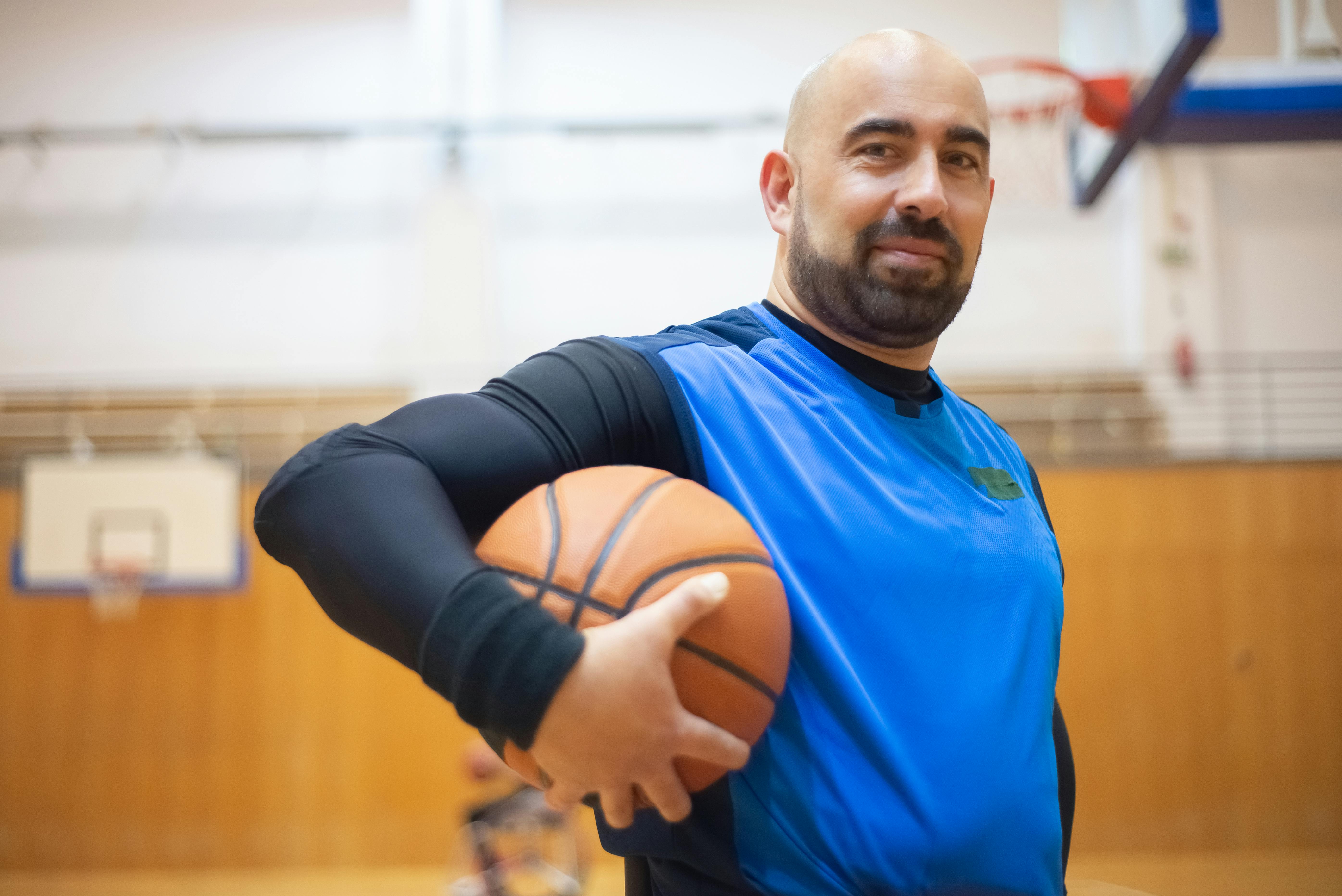The Exmoor Pony
The Exmoor is the last survivor of the Pleistocene Celtic ponies and one of the oldest equine breeds in the world. This ancient breed of pony is mentioned in the Domesday Book of 1085. The Exmoors are believed to have existed during the Bronze Age.
Experiments have been done on the fossilized remains of the original Celtic pony found in Alaska and compared to those from Exmoor. They have revealed jaw bones of the same shape and the beginning of a seventh molar not found in any other race. Due to its remote habitat in Devon and Somerset, it is one of the purest mountain and moorland breeds in Britain, having undergone very little external blood infusion.
Professor Speed and other scientists carried out much research on the skeletal structures and dentition of the Exmoor pony. Their findings suggest that the modern domestic horse descends from all four subtype species:
The Exmoor Pony found in northwestern Europe resembles the Type 1 Pony: Ewart’s Celtic Pony. The Highland Pony – resembles the Type 2 Pony – Ewart’s Norse Horse. Akhal-Teke – resembles type 3 horse: Nisaea and Bacterial breed. Caspian rediscovered in 1965 – resembles Type 4 Horse – precursor to Caspian which is a West Asian pony-sized horse.
The Exmoor pony is exceptionally strong and hardy with great staying power. The mare’s height limit is no more than 12.2 hrs and the stallion’s 12.3 hrs. Although they are small in stature, they are strong enough to carry an adult rider.
In 1912 the Exmoor Pony Society was founded to improve and encourage the breeding of moorland types. They ensure that the breed is kept pure and that only true Exmoor ponies pass through the registry and are marked by the Society’s star on the shoulder. At the end of World War II, the number of ponies was reduced to only 50, as thieves killed them for meat and soldiers used them for target practice. Today, although still considered a rare breed, the number is estimated to be around 2,700 worldwide; the result of a successful breeding program. Herds of Exmoor ponies still run wild on the moor, gathering each year to inspect them; the pony’s herd number is marked below the Society star and on the near side hindquarter with the pony’s own number.
The Exmoor pony has a true pony character and appeal. The mealy beige muzzle and markings around the eyes make the breed easy to recognize. The conformation is good and compact; the head is a typical pony head with a wide forehead, short straight nose, large, prominent, intelligent eyes (often referred to as ‘toad’ eyes due to heavy upper eyelids) small, wide, alert ears, and wide nostrils ; head well set on strong neck with good reign length; shoulders are sloping; the back is short, wide and strong; the body is deep with a broad chest and well sprung ribs; hindquarters round; limbs short and strong with hard, well-formed feet; the mane and tail are thick, the tail known as the “ice” tail, fans out at the top for protection from the weather. The winter coat is dense and double-layered, making it stretchy, virtually waterproof, and excellent protection against wind and rain. Shedding its coat in spring The Exmoor grows a sleek, shiny summer coat. The color can be chestnut, brown or brown with black points and white markings are not allowed.
The Exmoor pony was originally used to graze on the moors as it has sure footing and immense strength. He is stocky and athletic with a strong build and can be a good all round performance pony with jumping ability. It is often used in the sport of driving and although it is strong, with correct handling and training it makes a very good pony for children.
